Else where?
A project which was carried out during the rise of the refugee crisis of which effects are still relevant in recent times.
The book features both photography and written interviews
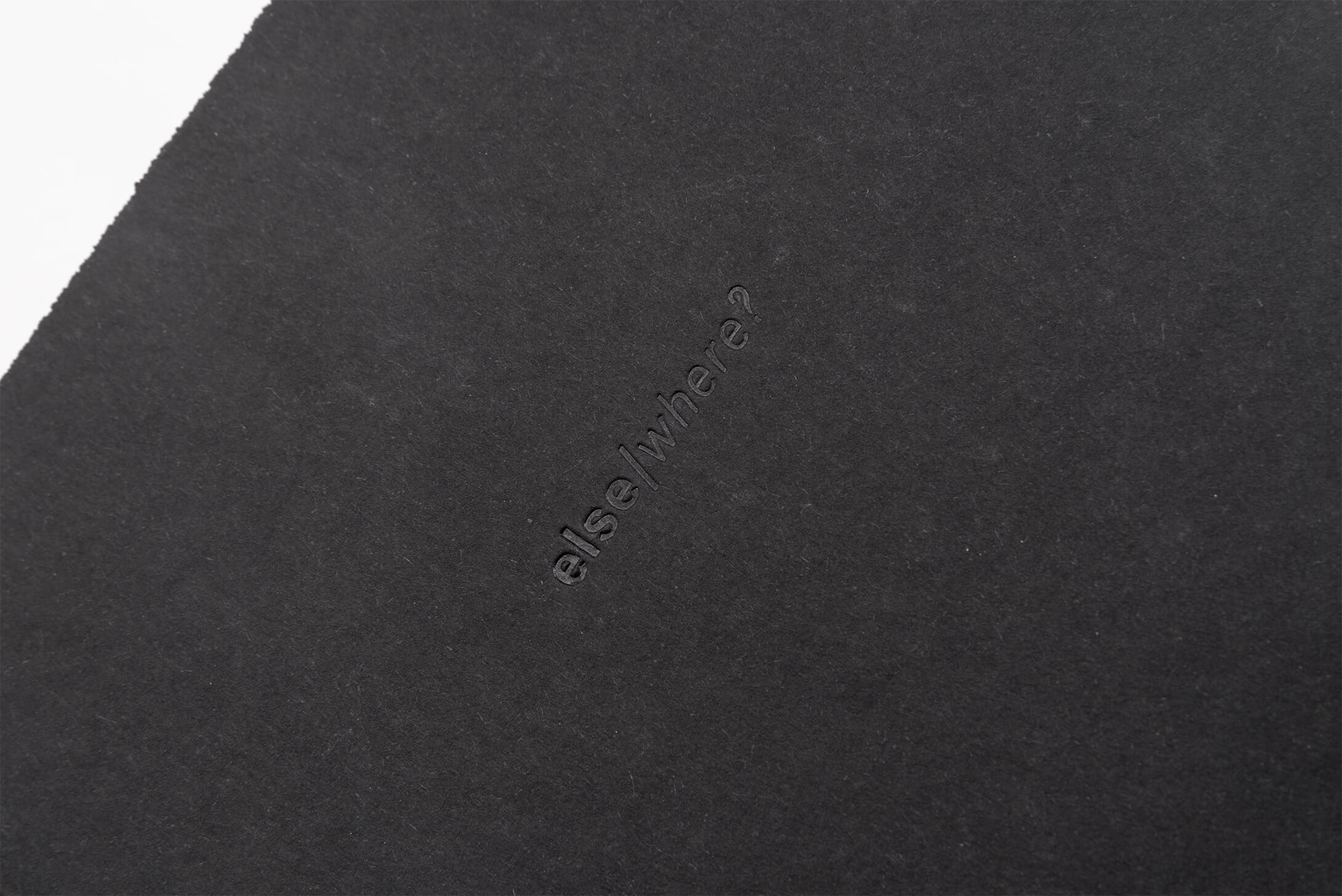
Else Where?
A project which was carried out during the rise of the refugee crisis of which effects are still relevant in recent times.
The book features both photography and written interviews
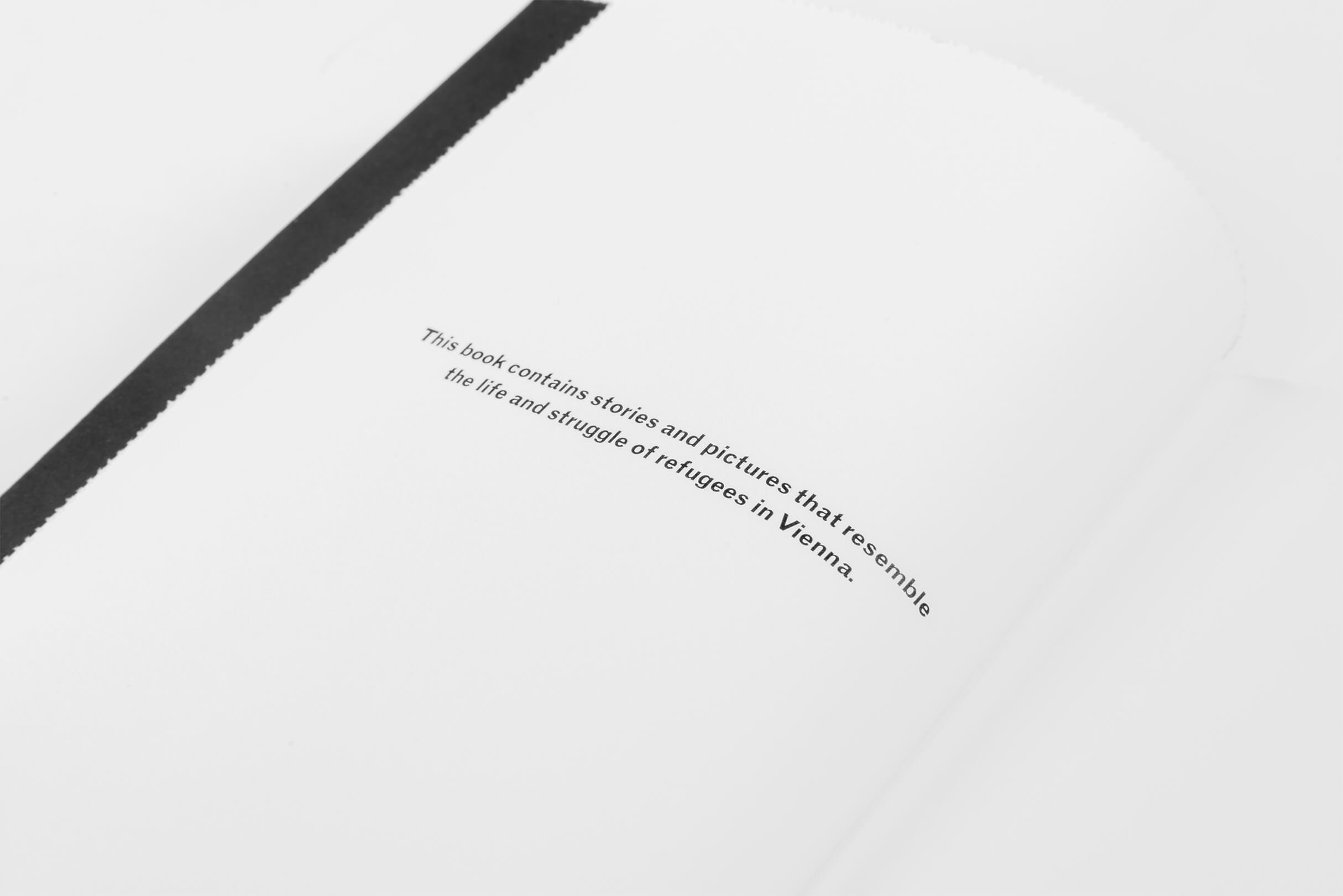
To erase present stereotypes and to let people gain new impressions on the topic, a special typographic method was used.
This way, the reader is invited to engage himself, forming his opinion by discovering the information.
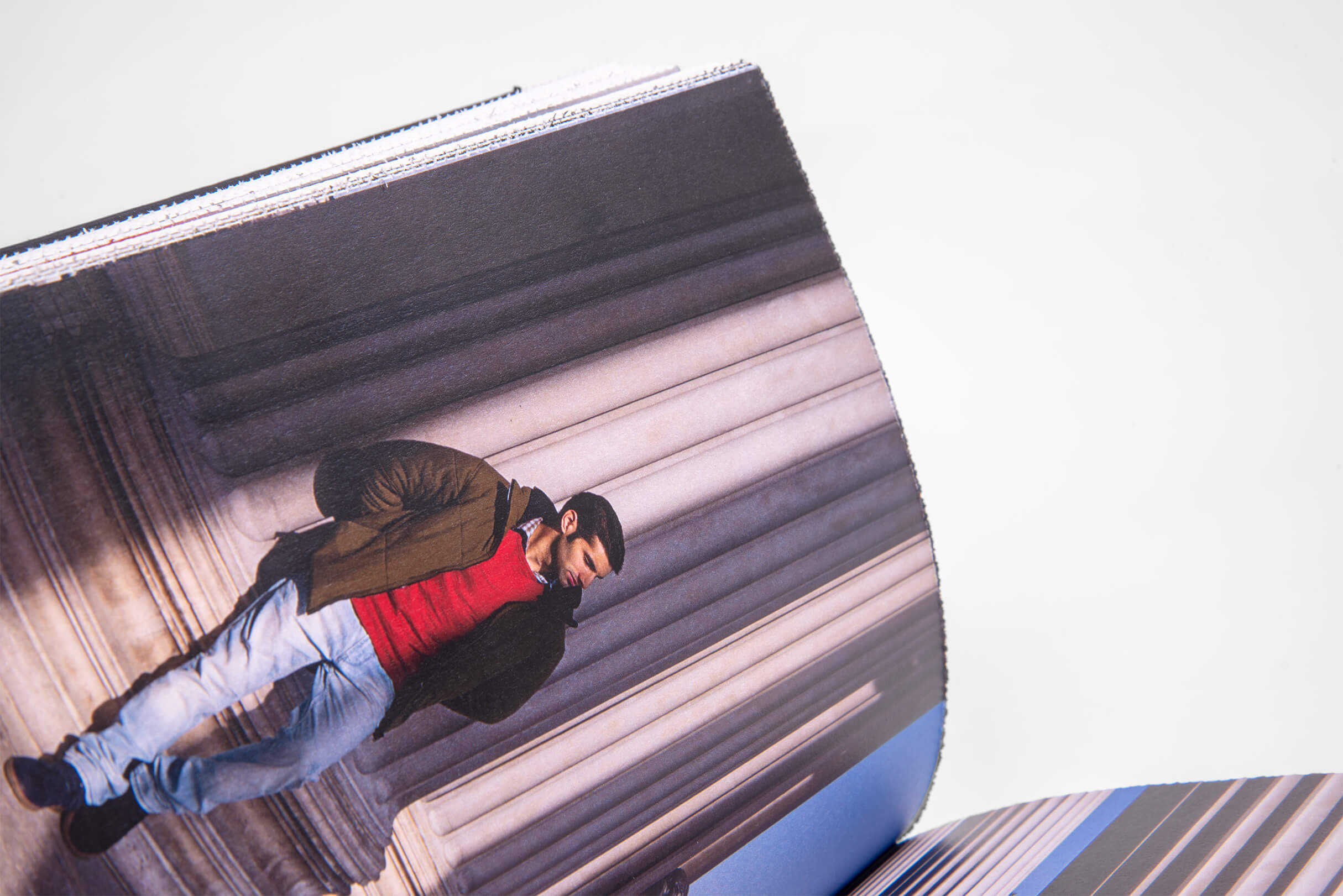
We accompanied the refugees portrayed in the book over the course of months to be able to portray them sufficiently.
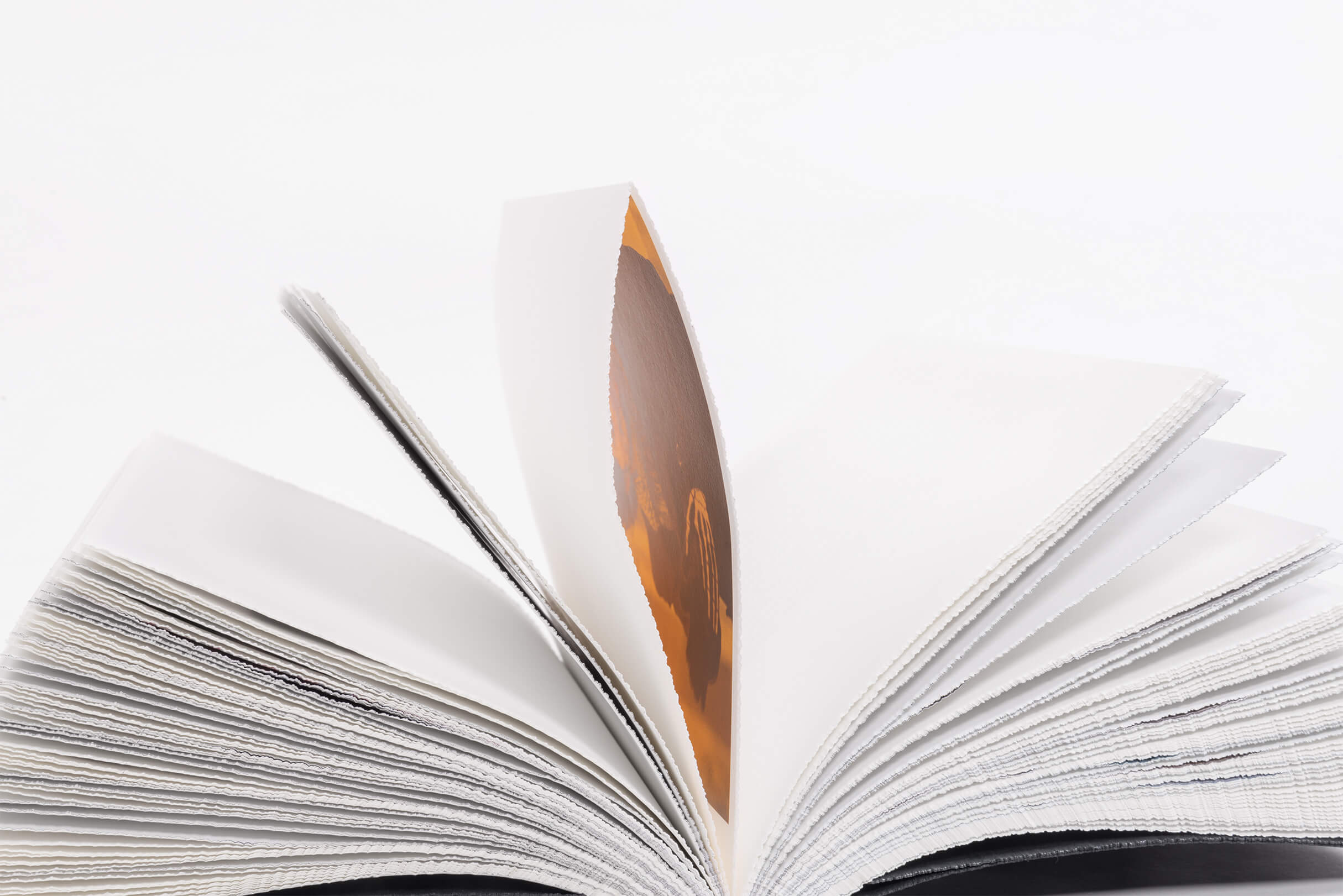
At first glance, the book appears to be filled with empty pages.
The connected pages have to be separated by the reader to reveal the information inside.
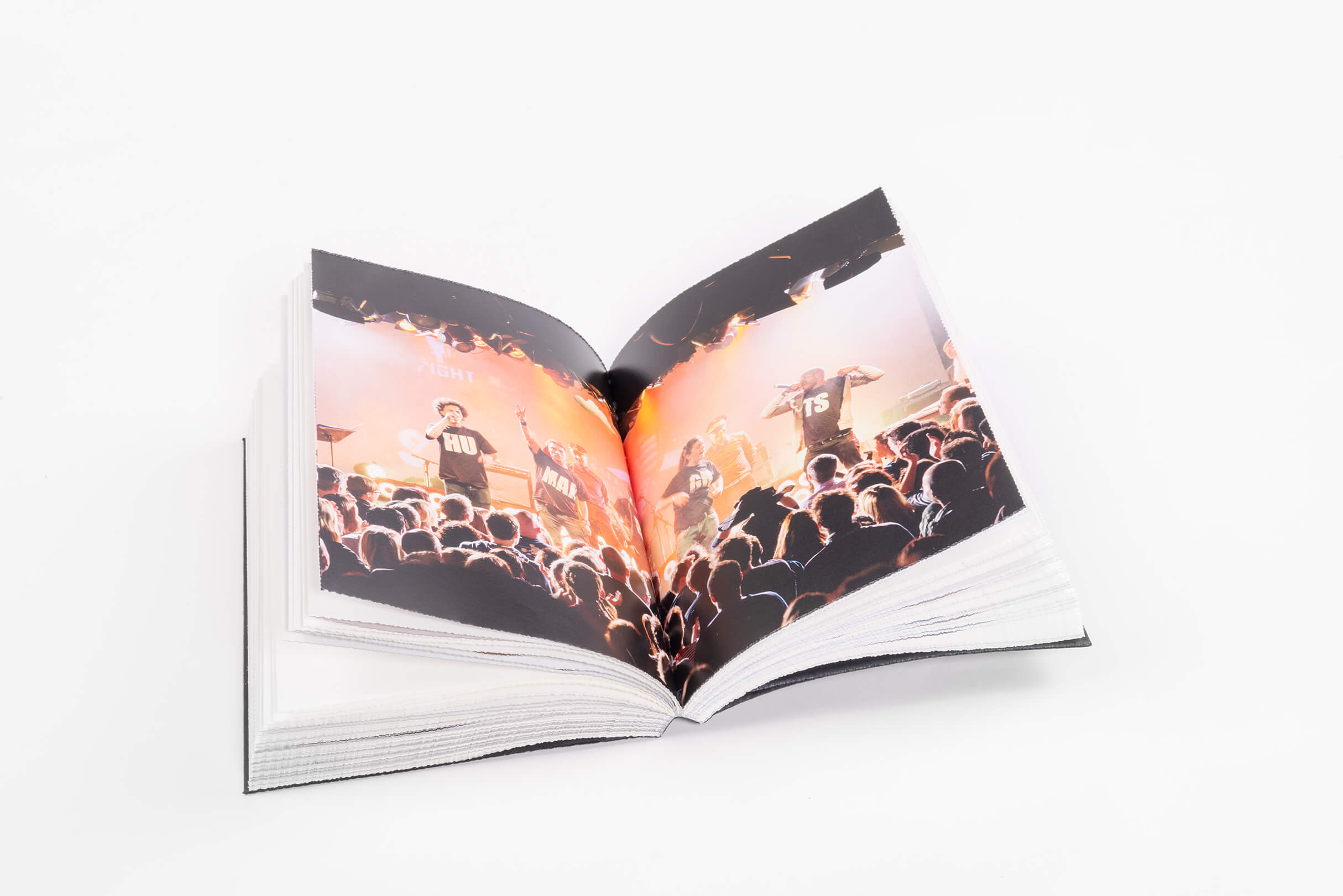
Once separated , the pages feature photography and interviews.
The interviews are displayed in both English and the Person’s first language.
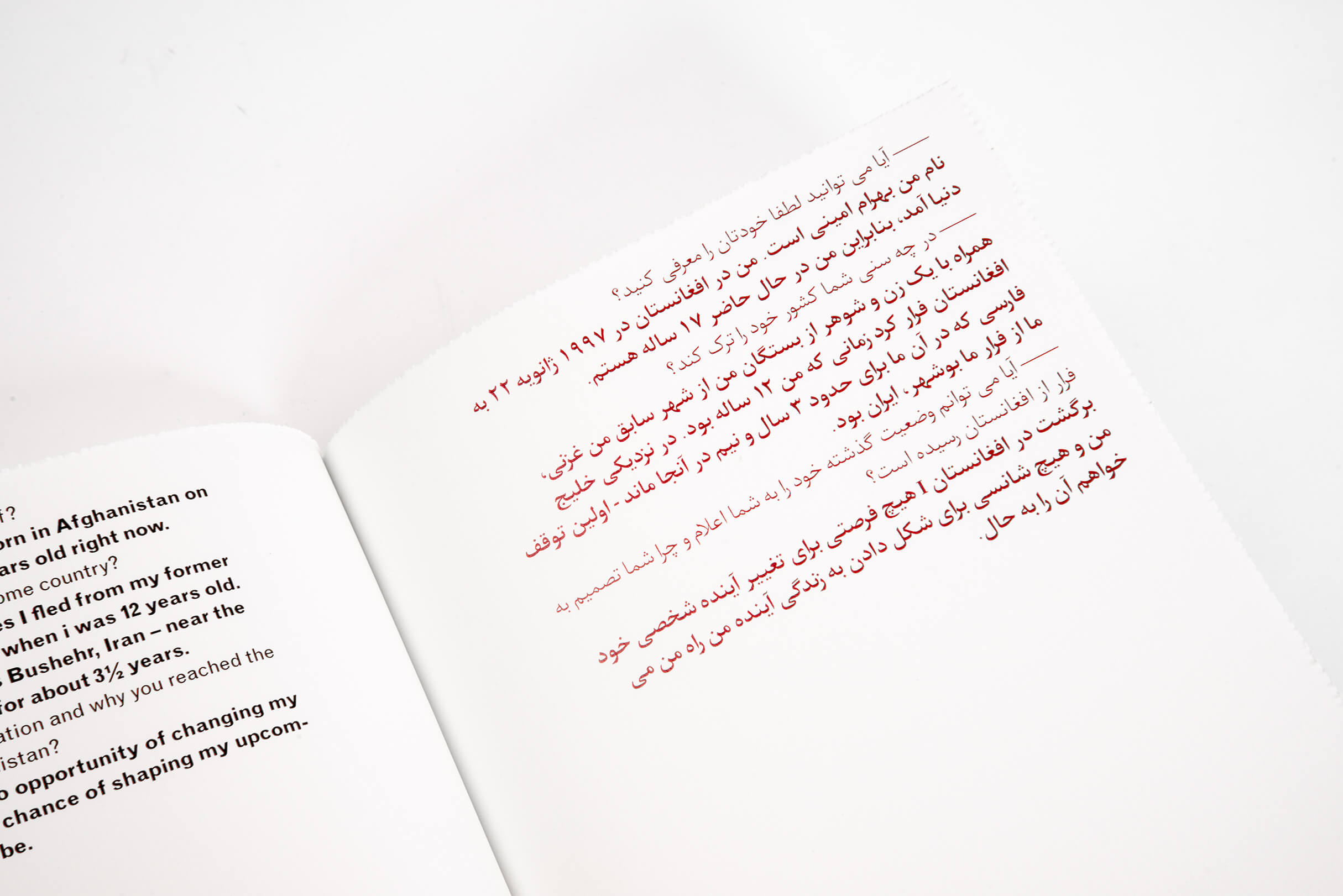
Some of the featured refugees have been waiting for their grant of asylum for 10 years.
IT is their story that we want to tell people and create awareness for their struggle.
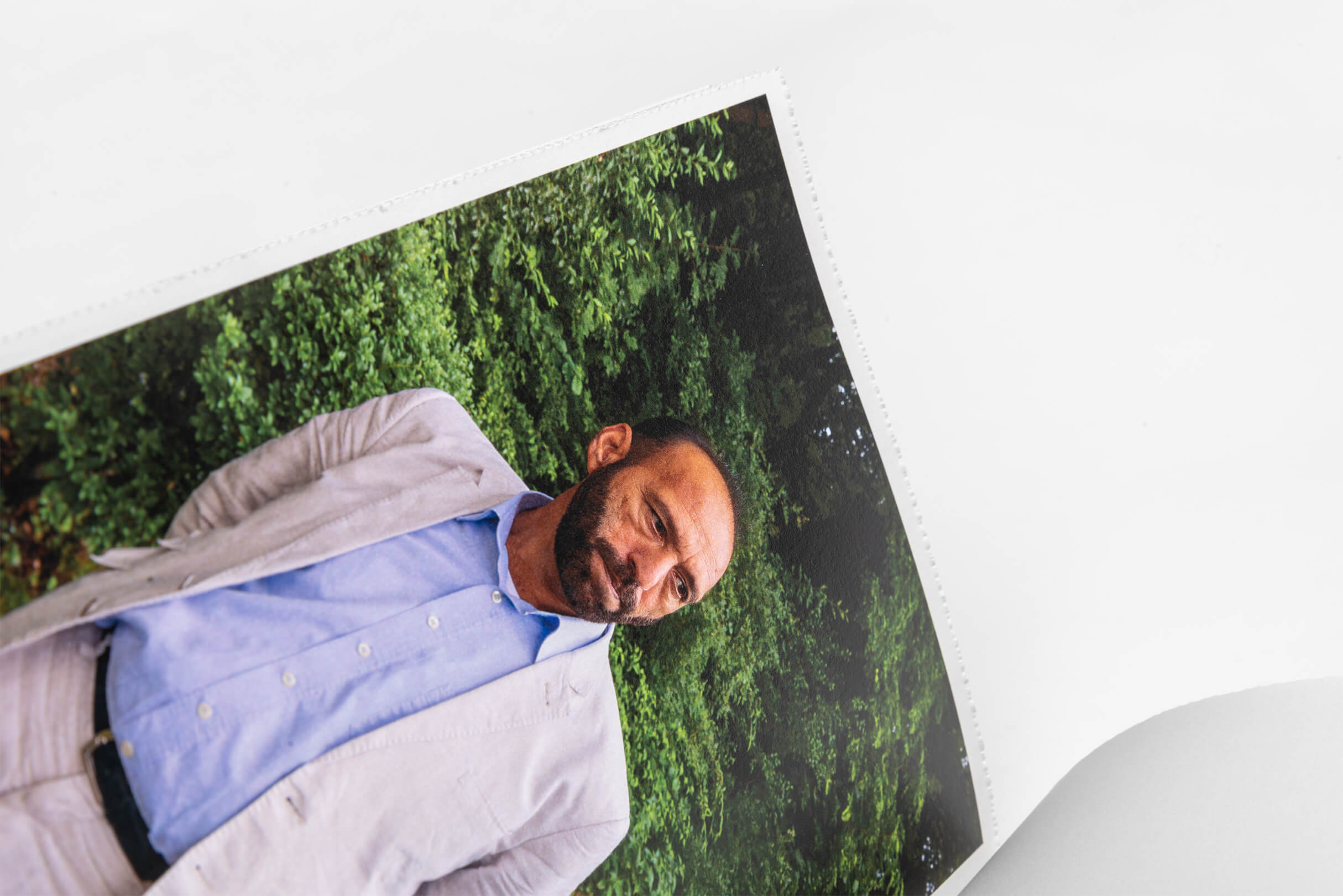
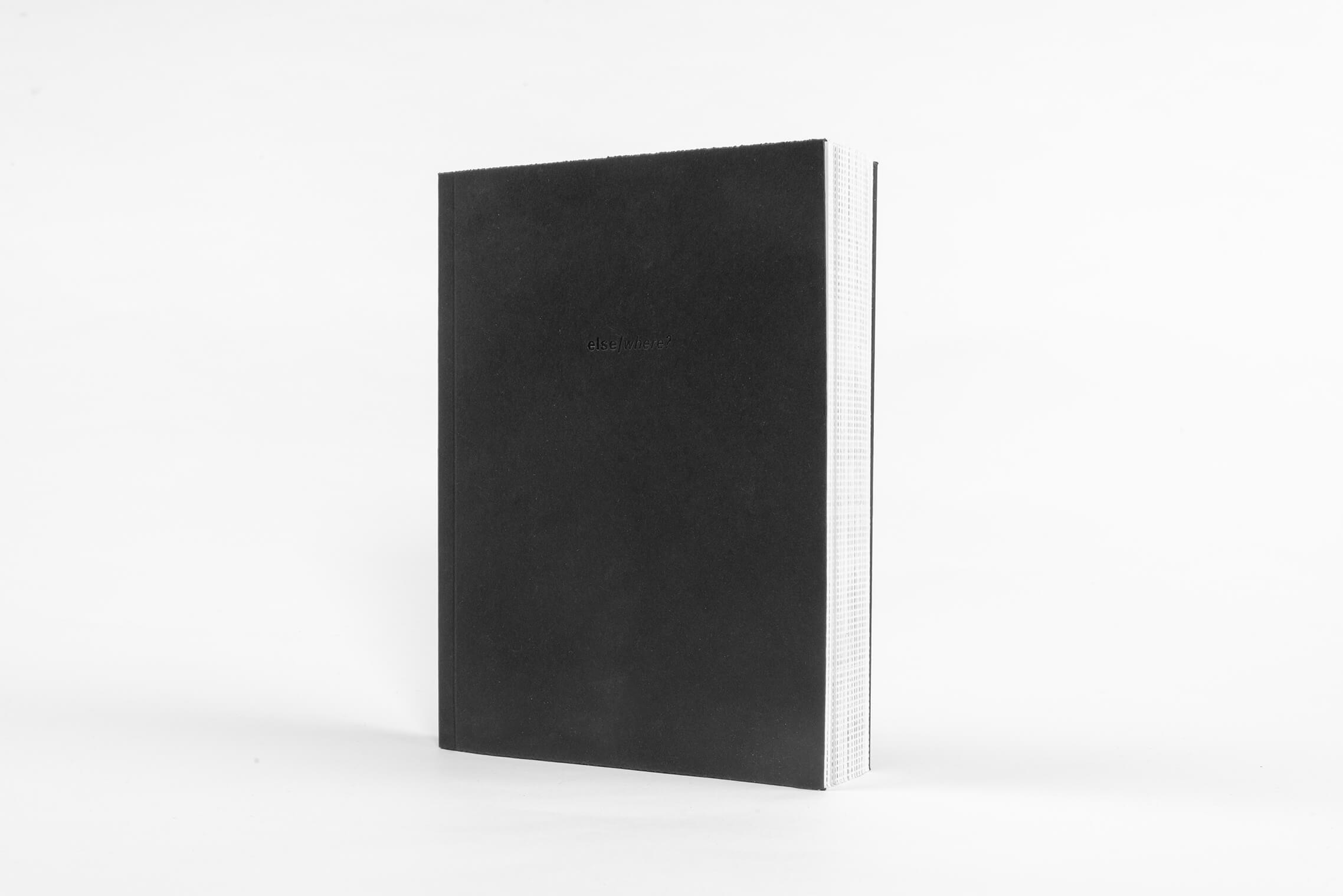
PARTNERS:
JULIA FINKENZELLER, PHOTOGRAPHY
OLIVER SCHWAMKRUG, GRAPHIC DESIGN
NEXT PROJECT
rebutting stereotypes and defying prejudices
Many people have never gotten to know a refugee. All they know about them is what they’ve read in the newspapers or heard from other people. The goal of this project was to give readers the chance to understand refugees and their issues from a neutral and objective point of view. The way the refugees are portrayed lets people experience the book from a clean slate, free from all the already established stereotypes and prejudices.
We accompanied the refugees portrayed in the book over the course of months to be able to portray them sufficiently.
a blank page
To erase present stereotypes and to let people gain new impressions on the topic, a special typographic method was used. This way, the reader is invited to engage himself, forming his opinion by discovering the information.
At first glance, the book appears to be filled with empty pages.
The connected pages have to be separated by the reader to reveal the information inside.
Once separated, the pages feature photography and interviews.
The interviews are displayed in both English and the Person’s first language.
Some of the featured refugees have been waiting for their grant of asylum for 10 years.
IT is their story that we want to tell people and create awareness for their struggle.
PARTNER:
Julia Finkenzeller, Photography
Oliver Schwamkrug, Graphic Design
